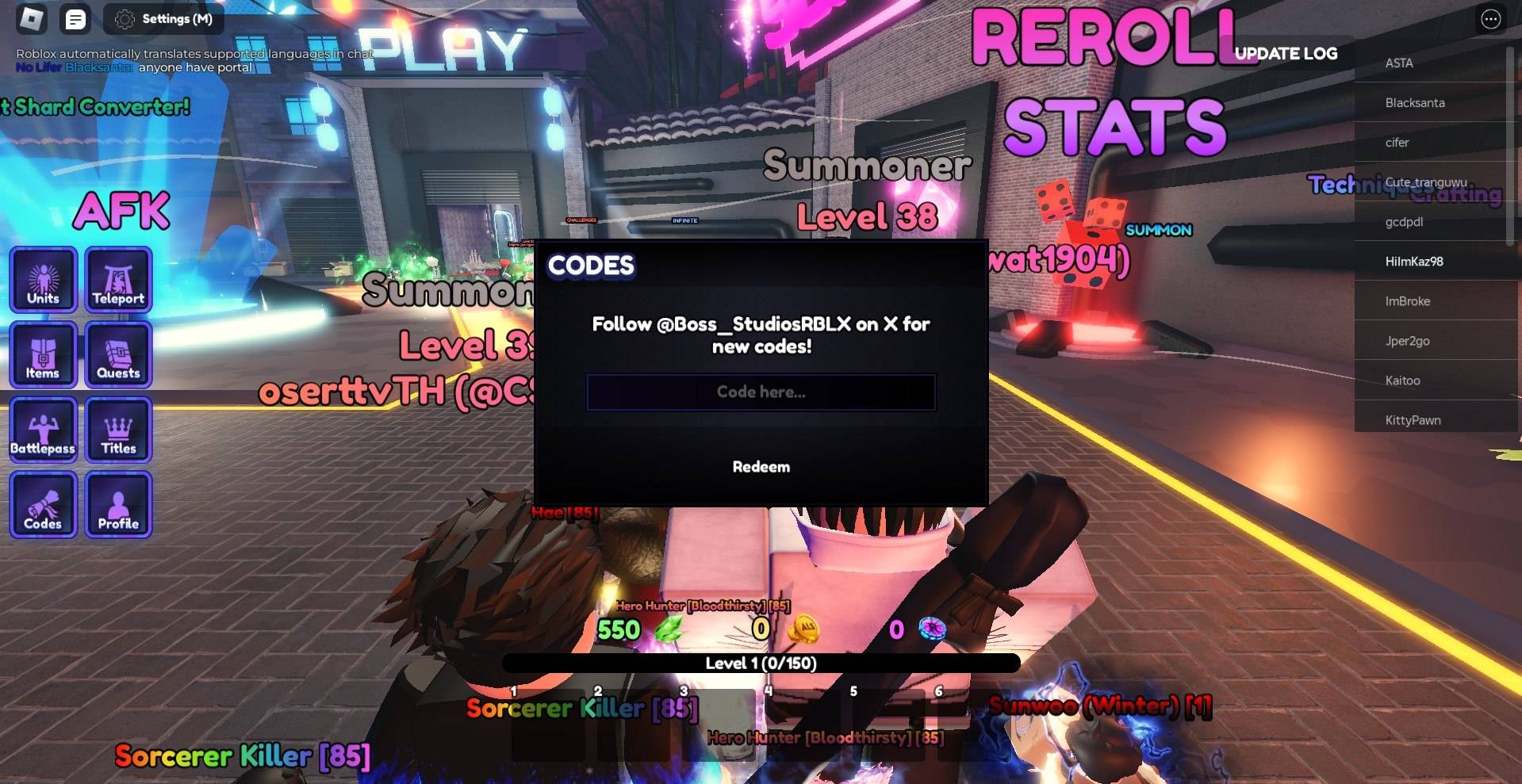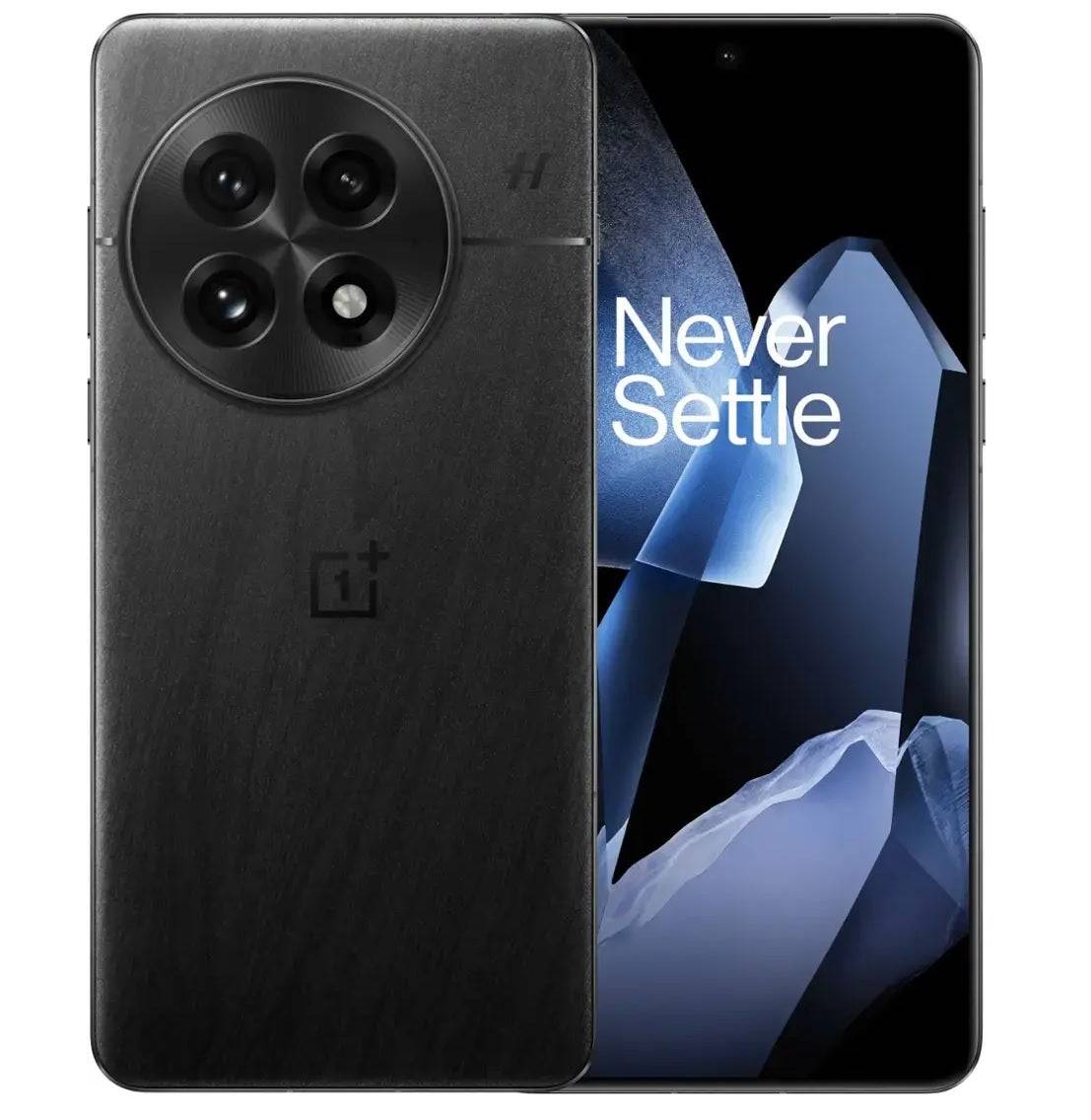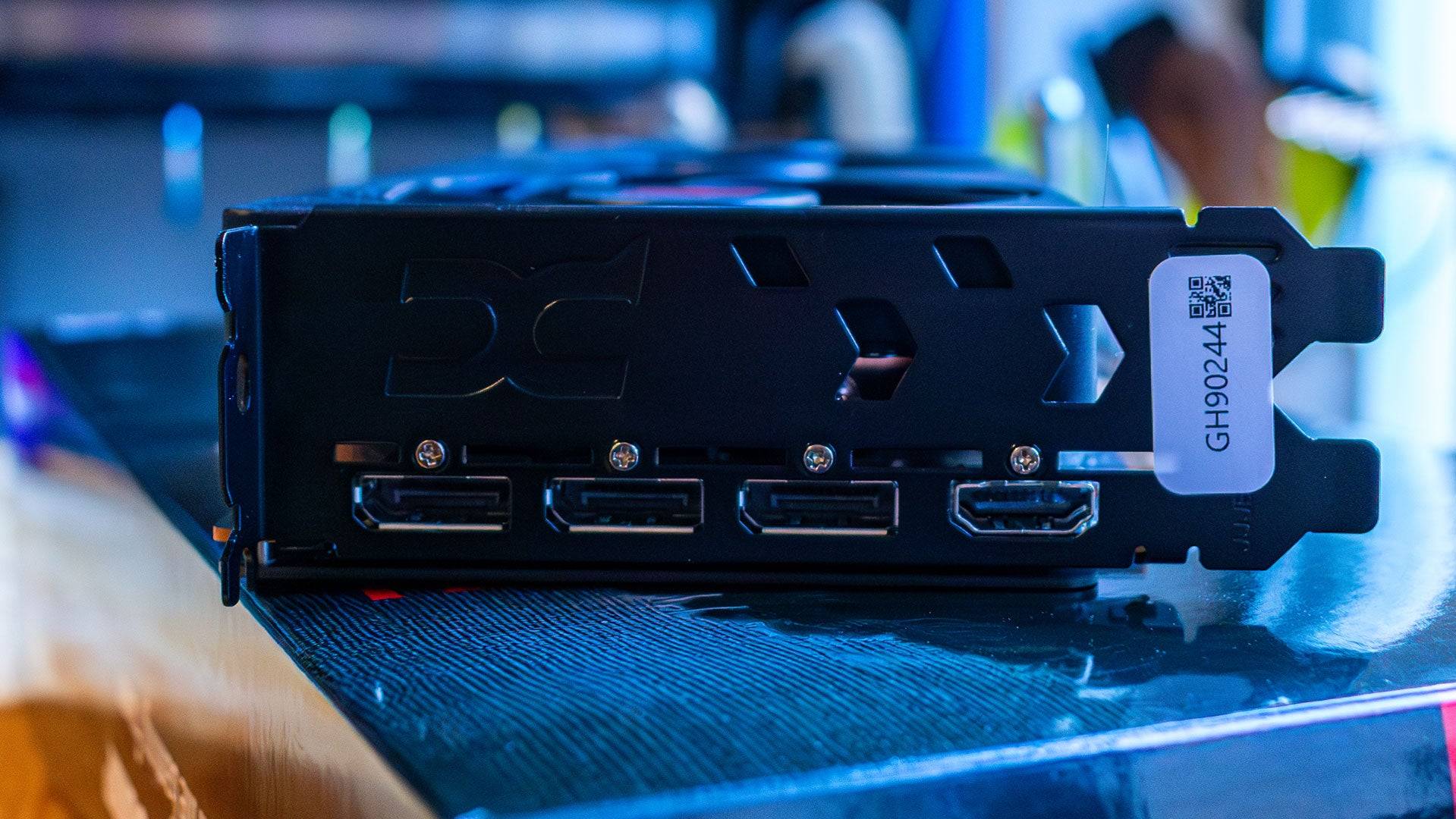
Application Description
aSPICE is a secure, open-source, SPICE and SSH-capable remote desktop client designed for QEMU KVM virtual machines. If you're using iOS or macOS, you can now access aSPICE on the App Store at this link. To support the ongoing development of this GPL open-source software, consider purchasing the donation version, aSPICE Pro. If you encounter any issues, please use the "Send email" feature on Google Play to report them directly to the developer before leaving a review.
For detailed release notes, visit the GitHub repository. You can find older versions and report bugs at the releases page and the issues tracker, respectively. For any questions, engage with the community on the forum instead of posting in reviews.
If you're interested in other remote desktop solutions, check out bVNC, my VNC Viewer, available on Google Play.
If you're experiencing issues with mouse pointer synchronization, consider using the "Simulated Touchpad" input mode, or better yet, add an "EvTouch USB Graphics Tablet" to your virtual machine. Here’s how:
- Using virt-manager: Navigate to View > Details, then select Add Hardware > Input > EvTouch USB Graphics Tablet.
- Using the command line: Add the option
-device usb-tablet,id=input0when running your virtual machine.
aSPICE leverages the LGPL licensed native libspice library and offers a range of features, including:
- Control over any SPICE-enabled QEMU virtual machine, regardless of the guest OS.
- Master password support (aSPICE Pro).
- Multi-Factor Authentication (MFA)/Two-Factor Authentication (2FA) for SSH (aSPICE Pro).
- USB Redirection (aSPICE Pro).
- Audio support.
- Multi-touch control over the remote mouse, with one-finger tap for left-click, two-finger tap for right-click, and three-finger tap for middle-click.
- Sound support (configurable in Advanced Settings on the main screen).
- Right and middle-dragging without lifting the first finger.
- Two-finger drag for scrolling.
- Pinch-zooming.
- Dynamic resolution changes, allowing desktop reconfiguration while connected and control from BIOS to OS.
- Full rotation support with central lock rotation on your device.
- Multi-language support.
- Full mouse support on Android 4.0+.
- Full desktop visibility even with the soft keyboard extended.
- SSH tunneling for enhanced security or to access machines behind firewalls.
- UI optimizations for various screen sizes, including tablets and smartphones.
- Samsung multi-window support.
- SSH public/private key support.
- Importing encrypted/unencrypted RSA keys in PEM format and unencrypted DSA keys in PKCS#8 format.
- Automatic connection session saving.
- Zoomable, Fit to Screen, and One to One scaling modes.
- Two Direct, one Simulated Touchpad, and one Single-handed input modes.
- Long-tap for selecting clicks, drag modes, scroll, and zoom in single-handed mode.
- Stowable on-screen Ctrl/Alt/Tab/Super and arrow keys.
- Sending the ESC key using your device's "Back" button.
- D-pad for arrows, with rotation support for some Bluetooth keyboards.
- Minimum zoom fits the screen and snaps to 1:1 while zooming.
- FlexT9 and hardware keyboard support.
- On-device help for creating new connections and understanding available input modes.
- Compatibility with Hackerskeyboard (available on Google Play), which is recommended.
- Import/Export of settings.
- Samsung DEX, Alt-Tab, Start Button, and Ctrl+Space capture.
Planned features include clipboard integration for copy/pasting from your device.
For detailed setup instructions on Linux, refer to the guides by Red Hat at Linux-KVM and by Ubuntu's Canonical at Ask Ubuntu. The source code is available on GitHub.
Reviews
Apps like aSPICE: Secure SPICE Client










































